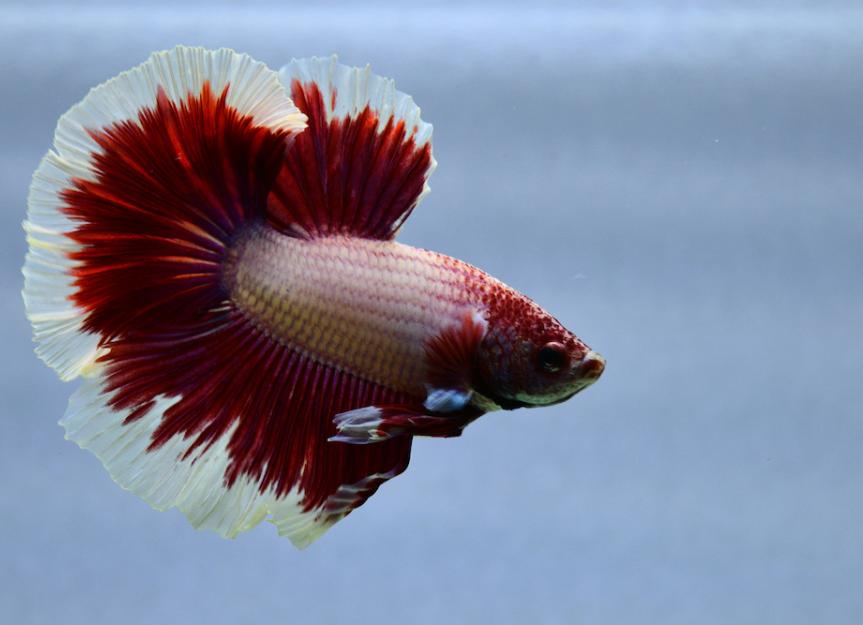Comprehending Betta Fish Habits: What Every Proprietor Must Know
Comprehending Betta Fish Habits: What Every Proprietor Must Know
Blog Article
Just How to Breed Betta Fish Successfully: Specialist Methods and Insights for Hobbyists Looking to Increase Their Betta Collection
Breeding Betta fish requires a nuanced understanding of genes and environmental problems, making it important for enthusiasts to approach the procedure with both diligence and treatment. Creating an optimum breeding setting, choosing the right sets, and observing the intricacies of their courtship habits are foundational steps that can significantly affect the outcome. The succeeding care of the fry is vital for guaranteeing their healthy growth. As we explore these crucial parts, it ends up being clear that effective breeding is not nearly the initial pairing yet encompasses a wider approach that advantages mindful consideration.
Understanding Betta Fish Genetics
Understanding the genes of Betta fish is crucial for effective reproduction, as it affects qualities such as color, fin shape, and behavior. Betta fish show a varied variety of shades and patterns, mostly figured out by their genetic makeup.
Along with pigmentation, fin morphology is one more significant aspect of Betta genetics (betta fish). The sizes and shape of fins are influenced by various genetics, including those that identify whether the fins are brief, long, or veil-shaped. Recognizing these genetic variations helps breeders predict the phenotypic results of their offspring
In addition, behavior qualities such as aggressiveness and territoriality can also be affected by genetics. These actions play a crucial role in the reproducing process, as they can affect generating success and the overall personality of the resulting fry. By thoroughly comprehending these hereditary principles, dog breeders can make educated choices, eventually enhancing their breeding programs and achieving desirable outcomes.
Preparing the Breeding Setting
Producing an optimum reproduction environment is crucial for the effective reproduction of Betta fish. The first step in preparing this atmosphere is to pick an appropriate breeding storage tank, preferably varying from 5 to 10 gallons.
Next, consider using a sponge filter or an air rock to give gentle water circulation without developing strong currents that can stress the fish. It is necessary to mount plants or reproducing cones to offer hiding areas and promote comfort for the woman throughout the spawning process. Floating plants, such as Java moss or water sprite, can likewise produce an extra all-natural setting while helping with bubble nest building by the male.
Before introducing the breeding pairs, ensure the water is conditioned and totally free from damaging chemicals, such as chlorine or hefty steels. betta fish. Routine water modifications must be performed to preserve ideal water high quality, improving the possibilities of successful breeding. With these preparations in position, the reproducing setting will certainly support the health and wellness and wellness of both Betta fish
Choosing Breeding Pairs
Choosing the appropriate breeding pairs is important for achieving effective Betta fish reproduction. Healthy Betta fish display dynamic shades, clear eyes, and active actions.
Character is another crucial consideration, as Betta fish are understood for their aggressive nature. It is suggested to choose a man and lady that display suitable characters to decrease anxiety throughout the reproducing process. A tranquil male can motivate a smoother courtship, while a female that is as well hostile may interfere with the process.
Hereditary history also plays a substantial duty in the high quality of the spawn. Breeding fish that are genetically varied can reduce the danger of hereditary wellness issues and improve the total vigor of the fry. It is beneficial to investigate the family tree of both the man and female, concentrating on preferable characteristics such as fin kind, shade patterns, and size.
The Breeding Process
The reproduction procedure of Betta fish calls for mindful preparation and attention to detail to make certain an effective outcome. At first, it is vital to prepare an appropriate reproduction container, preferably a 5-10 gallon fish tank with a temperature maintained at 78-80 ° F. The storage tank must be equipped with a heating system, filter (ideally sponge type to prevent strong currents), and lots of water plants for the lady to conceal.
As soon as the setting is set, present the selected reproducing set to the tank, enabling them to acclimate. Observe their behavior; the male will present elaborate courtship rituals, consisting of flaring his fins and constructing a bubble nest. If the lady shows rate of interest, she will click here to find out more display vertical stripes suggesting readiness for spawning.
When the female is responsive, the pair will involve in a mating welcome, during which the male fertilizes the eggs. Keeping ideal water conditions throughout this period why not try these out is essential for the growth of healthy and balanced Betta fry.
Caring for Betta Fry

Feeding Betta fry is crucial, as they need a diet plan high in protein. They can be fed infusoria or fluid fry food, transitioning to carefully smashed top quality pellets as they grow. Feed little parts numerous times a day to urge healthy and balanced development without overwhelming the tank with leftover food.

As they check that develop, monitor their development closely and divide any hostile individuals to stop harm. By giving a nurturing setting and proper nourishment, hobbyists can effectively elevate Betta fry into vivid, healthy fish, eventually enhancing their breeding undertakings.
Conclusion
Effective Betta fish reproduction calls for meticulous attention to genetic selection, environmental conditions, and care for the fry. By comprehending the genetics of Betta fish and preparing a suitable breeding atmosphere, hobbyists can improve the possibilities of generating vibrant, healthy offspring.
Report this page